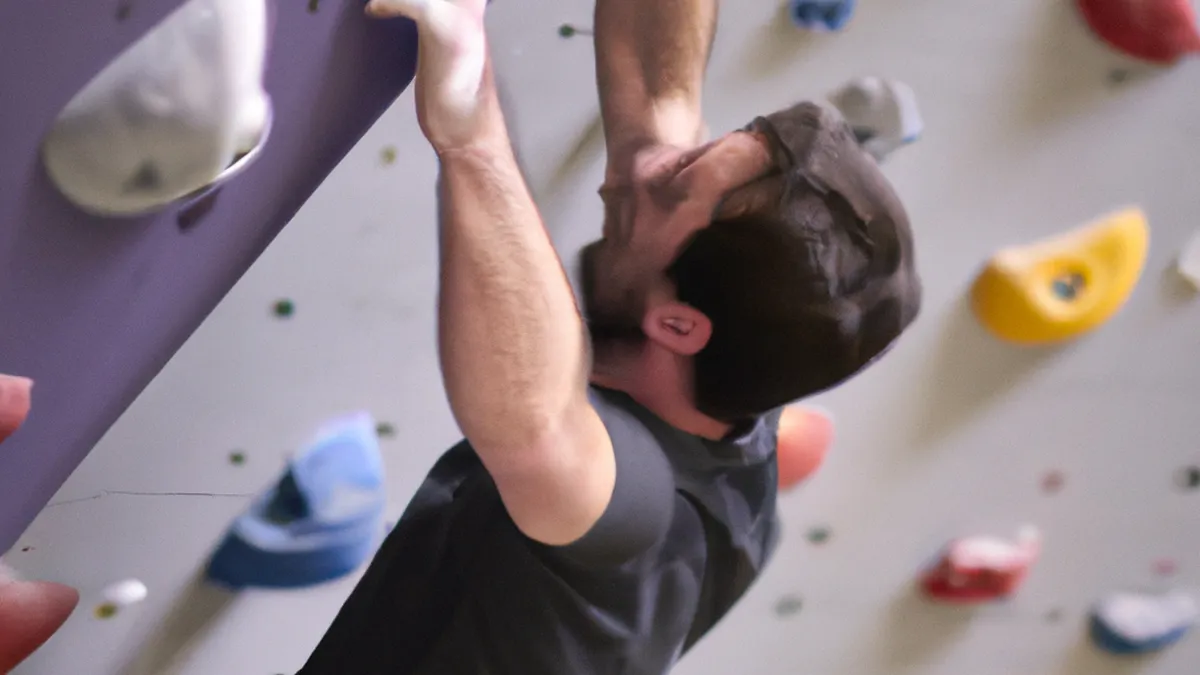Guidelines for Safe Play in Team Sports
Safety Considerations for Young AthletesSports provide excitement for children and teenagers. They promote physical health, teamwork, discipline, and resilience. However, safety must remain the top priority for parents, coaches, and athletes. Young bodies face unique risks in sports due to their ongoing development. This blog explores essential safety considerations for young athletes, helping them enjoy sports while minimizing injury risks.
Understanding the Risks
Understanding sports risks promotes safety. Sports offer enjoyment but also carry injury risks. The American Academy of Pediatrics states young athletes often suffer sprains, fractures, and concussions. Their growing bodies and inexperience hinder recognizing physical limitations.
Common Types of Injuries
Young athletes commonly suffer from:- **Sprains and Strains:** These injuries happen when ligaments or muscles overstretch or tear, especially in running and jumping sports.- **Fractures:** Falls, collisions, or overuse can cause bone fractures. Young athletes often experience stress fractures from high-impact activities without adequate rest.- **Concussions:** Head injuries pose serious concerns. Concussions can result from falls or collisions and require immediate attention. Symptoms include headaches, dizziness, confusion, and memory issues.Recognizing injury signs is vital for young athletes’ well-being.
Recognizing Signs of Injury
Parents and coaches must monitor young athletes for injury signs. Never dismiss a child’s complaint of pain. Watch for limping, swelling, or reluctance to participate in practice or games. Ignoring these symptoms may lead to severe injuries. Resting an athlete in pain is safer than risking a more serious injury.
Educating Young Athletes
As an Amazon Associate I earn from qualifying purchases.
Gear tip: consider running shoes, stretching strap, and yoga blocks to support this topic.
Education plays a crucial role in sports safety. Young athletes must understand proper techniques and practices. Coaches should teach the correct ways to perform movements, from safe falling techniques to effective stretching exercises.
Importance of Listening to Their Bodies
Teach young athletes to listen to their bodies. Encourage them to recognize physical limits and communicate discomfort. When athletes understand their bodies, they make safer choices during practice and competition.
Tips for Preventing Injuries
Preventative measures significantly reduce injury risks. Here are practical tips to keep young athletes safe:
1. Ensure Proper Gear
Providing appropriate equipment effectively prevents injuries in young athletes.
Conclusion
In summary, prioritizing safety ensures young athletes enjoy sports while minimizing injury risks.
Below are related products based on this post:
FAQ
What are the common types of injuries young athletes face?
Young athletes commonly suffer from sprains, strains, fractures, and concussions. These injuries often occur due to their developing bodies and inexperience in recognizing their physical limits. Understanding these risks is essential for promoting safety in youth sports.
How can parents and coaches recognize signs of injury in young athletes?
Parents and coaches should closely monitor young athletes for any signs of injury, such as complaints of pain, limping, swelling, or reluctance to participate. Ignoring these symptoms can lead to more severe injuries, so it is crucial to prioritize rest and recovery when pain is present.
What role does education play in ensuring the safety of young athletes?
Education is vital for promoting sports safety among young athletes. Coaches should teach proper techniques and practices, including safe falling methods and effective stretching exercises. When athletes understand their bodies and safety practices, they are more likely to make safer choices during activities.















Post Comment